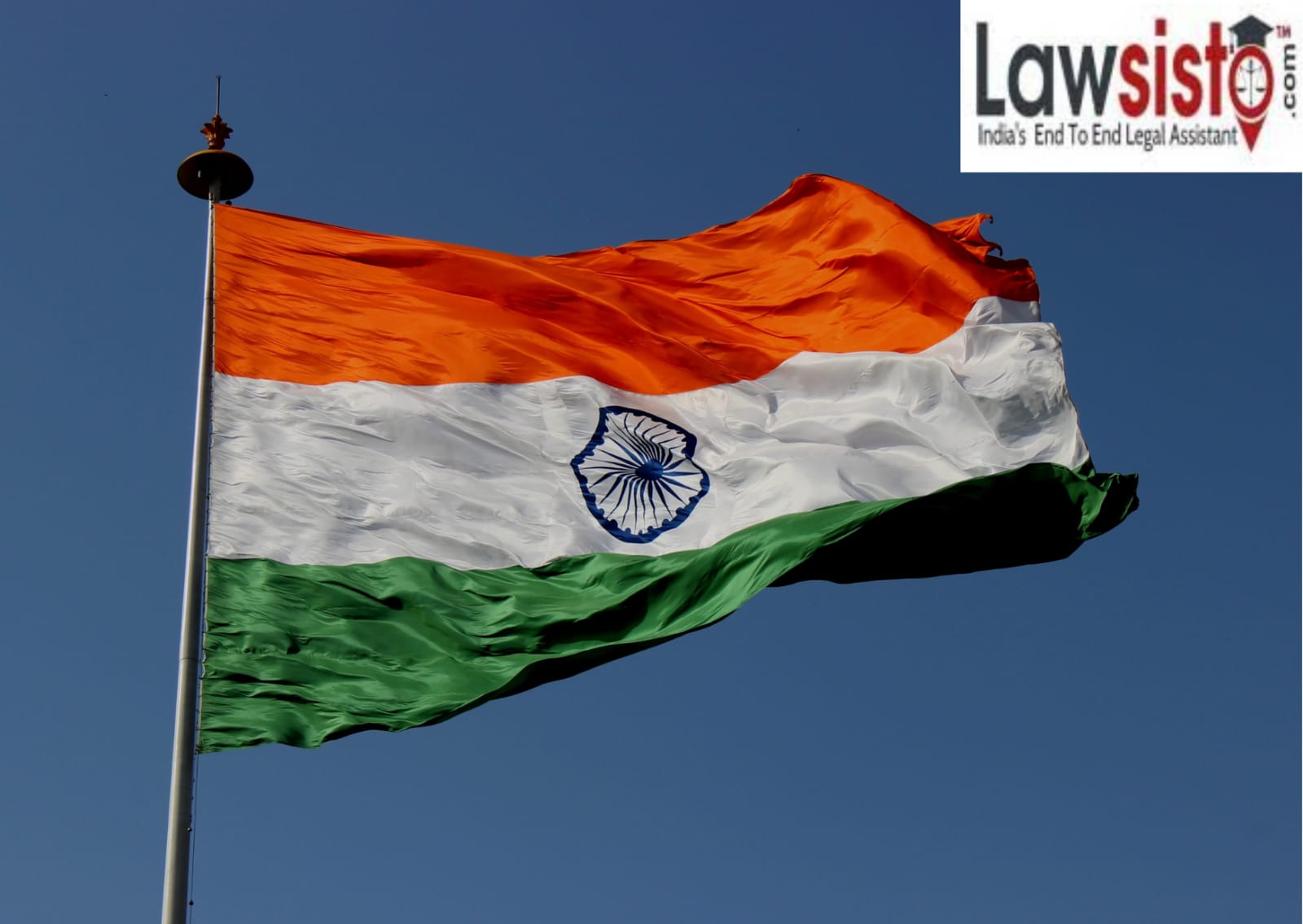Latest News
Sir Creek Dispute and Legal Implications

Introduction: The Sir Creek dispute is a long-standing territorial disagreement between India and Pakistan over a 96-kilometer strip of marshy land known as Sir Creek. Located in the Rann of Kutch region in the western Indian state of Gujarat and the Sindh province of Pakistan, this disputed area has been a source of tension between the two nations for decades. The dispute involves conflicting interpretations of historical agreements, differing maritime boundaries, and strategic interests. This article will delve into the background, legal implications, and recent developments of the Sir Creek dispute.
Historical Background: The roots of the Sir Creek dispute can be traced back to the partition of British India in 1947 when India and Pakistan became independent nations. The boundary between the two newly formed countries was not adequately demarcated in the Rann of Kutch region, leading to subsequent conflicts and skirmishes. In 1965, the situation escalated into a full-fledged war between India and Pakistan, with the disputed Sir Creek area being one of the major flashpoints.
Legal Framework: The Sir Creek dispute involves the interpretation of several historical agreements between the British Raj, India, and Pakistan. The main treaties in question are the 1914 Karachi Agreement and the 1968 Creek Award.
-
1914 Karachi Agreement: The 1914 Karachi Agreement was signed between the Government of Sindh (then part of British India) and the ruler of the state of Kutch. It aimed to establish the boundary between Sindh and Kutch. However, the precise demarcation of the Sir Creek area remained ambiguous, leading to differing interpretations by India and Pakistan.
-
1968 Creek Award: The 1968 Creek Award was an attempt to resolve the Sir Creek dispute through international arbitration. A tribunal was set up, comprising representatives from India, Pakistan, and an eminent British judge, to determine the maritime boundary in the Sir Creek area. The tribunal issued its award in 1968, but both countries rejected it, citing concerns over inaccuracies in the demarcation process and dissatisfaction with the outcome.
Legal Implications: The Sir Creek dispute has significant legal implications for both India and Pakistan, as well as potential ramifications for maritime security in the region.
-
Territorial Sovereignty: At its core, the Sir Creek dispute revolves around the question of territorial sovereignty. Both India and Pakistan claim the area as part of their respective territories, and resolving this issue is crucial for establishing clear boundaries and ensuring the integrity of national borders.
-
Economic Potential: The Sir Creek area holds significant economic potential, particularly in terms of fishing and hydrocarbon resources. The resolution of the dispute would enable both countries to exploit these resources effectively, leading to economic benefits and regional development.
-
Maritime Security: The disputed Sir Creek area is strategically important due to its proximity to the Arabian Sea. Clarifying the maritime boundary would help prevent any potential conflicts or misunderstandings between the Indian and Pakistani navies and contribute to maintaining regional stability.
Recent Developments: Efforts to resolve the Sir Creek dispute have seen some progress in recent years, albeit with numerous challenges and setbacks.
-
Bilateral Talks: India and Pakistan have engaged in bilateral talks to find a mutually acceptable solution to the Sir Creek dispute. These talks have been held intermittently, with various rounds of discussions taking place at the diplomatic level. However, a comprehensive resolution has yet to be reached.
-
Joint Survey: In 2015, both countries agreed to conduct a joint survey of the Sir Creek area to update the existing maps and improve the understanding of the ground realities. This joint survey aimed to provide a basis for further negotiations and facilitate a more accurate demarcation process.
-
Confidence-Building Measures: As part of confidence-building measures, India and Pakistan have taken steps to reduce tensions and promote cooperation in the Sir Creek region. These measures include the release of fishermen detained for crossing maritime boundaries and facilitating visits by each country's fishermen to the disputed waters.
Conclusion: The Sir Creek dispute remains a complex and sensitive issue between India and Pakistan, with legal implications that extend beyond territorial claims. Resolving this dispute would require a careful examination of historical agreements, adherence to international law, and a genuine commitment from both countries to reach a mutually acceptable solution. A peaceful resolution of the Sir Creek dispute would not only contribute to bilateral relations but also foster regional stability and unlock the economic potential of the disputed area.


































































































